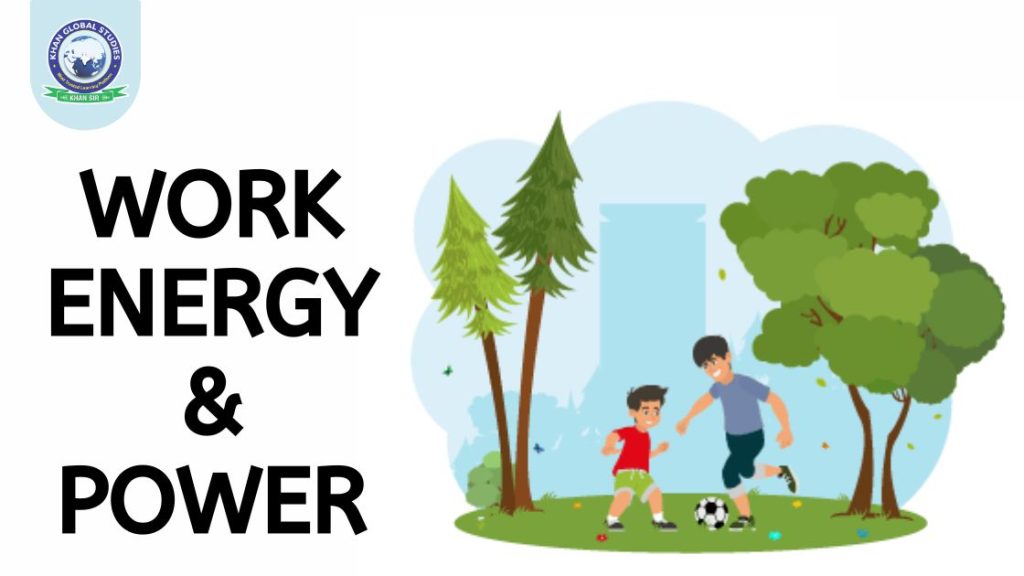Work, Energy and Power are fundamental concepts in physics that are intricately linked. They help us understand how forces interact with objects and how things get moving (or not moving) in the world around us. Let’s delve into each concept and explore their relationship.
Work: The Transfer of Energy
Imagine pushing a box across the floor. You’re exerting a force on the box, and if it moves in the direction you’re pushing, then you’ve done work. In scientific terms, work is done when a force acting on an object causes a displacement of the object in the direction of the applied force. The amount of work done depends on the magnitude of the force and the distance the object moves. There’s no work done if you push a wall (it doesn’t move), or if you hold a heavy book up in the air (no displacement).
Energy: The Capacity to Do Work
Think of energy as the currency that allows work to happen. It’s the ability to exert a force and cause displacement. There are many forms of energy, such as Kinetic Energy (the energy of motion), Potential Energy (stored energy due to position or configuration), Thermal Energy (heat), and electrical energy. Energy can be transferred or transformed from one form to another, but it can’t be created or destroyed. The energy used to push the box across the floor might have come from the chemical energy in the food you ate for breakfast!
Power: How Fast Work Gets Done
Now, let’s say you push the box across the floor quickly. You’ve done the same amount of work (force x distance) as when you pushed it slowly but in a shorter amount of time. Power is the rate at which work is done, or how fast energy is transferred or transformed. It’s like the difference between walking and running – you cover the same distance, but running has a higher power output.
The Relationship Between Work, Energy, and Power
The relationship between these three concepts can be summarized as follows:
- Energy is used to do work. The energy you get from food allows your muscles to exert force, which does work on the box.
- Work done changes the energy of an object. The box gains kinetic energy as you push it across the floor.
- Power reflects how quickly energy is used to do work. Pushing the box quickly means using the energy at a higher rate.
Here’s a helpful formula to connect them:
Power (P) = Work (W) / Time (T)
This formula tells us that power is directly proportional to the work done and inversely proportional to the time taken. So, doing the same amount of work in a shorter time requires a higher power output.
Understanding these concepts is essential in various fields, from engineering and construction to understanding how our bodies function. The next time you see a machine working, lifting objects, or generating electricity, remember the interplay of work, energy, and power that makes it all happen!
Examples:
Let us further clarify these concepts through some examples from daily life:
- Cooking: When you boil water in a pot on the stove, you are doing work (use energy) by using chemical energy (gas or electricity) to heat that water. The faster you boil water, the more power you are applying.
- Climbing stairs (Seeṛhiyaan charnā): When climbing stairs, you are using your body’s energy to do work against gravity. The faster you climb, the more power is required.
- Lighting a bulb: Electrical energy travels through a long wire and is converted into a bulb, producing light (energy conversion). The brighter the bulb burns, the more power it consumes.





